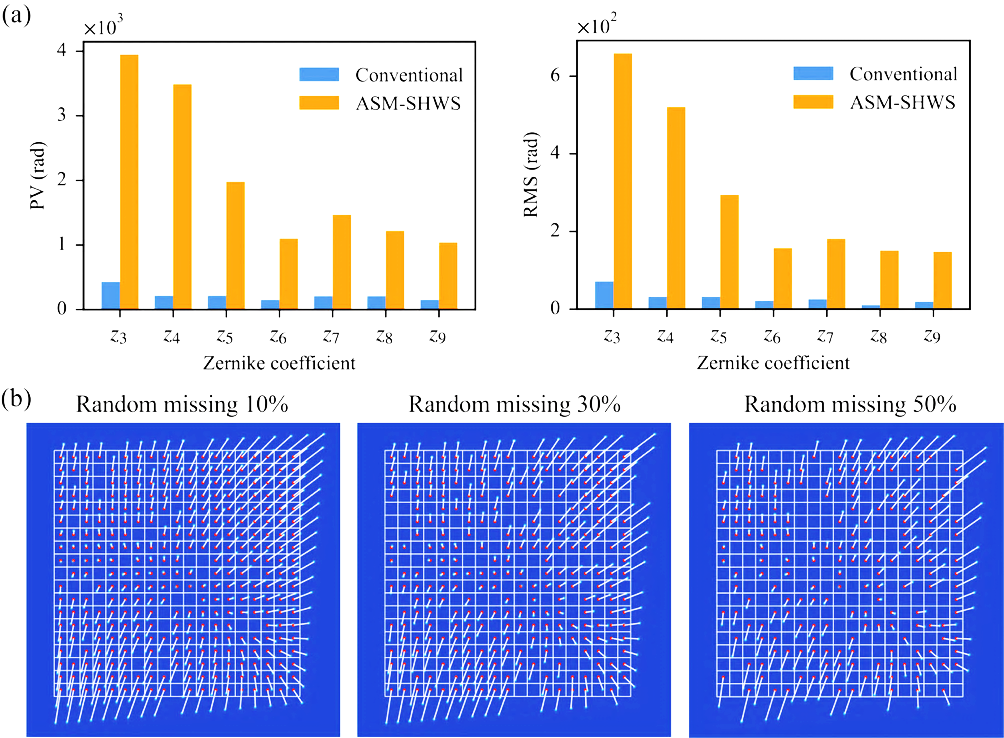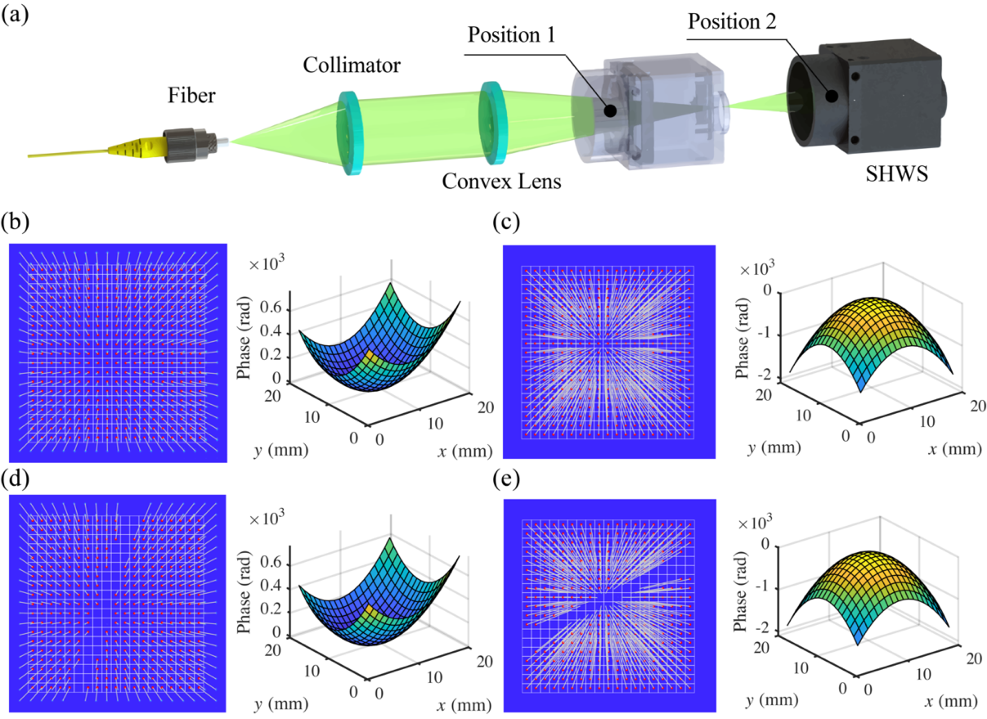- Home
- About Us
- Students
- Academics
-
Faculty
- Electrical Engineering
- Automation
- Computer Science & Engineering
- Electronic Engineering
- Instrument Science and Engineering
- Micro-Nano Electronics
- School of Software
- Academy of Information Technology and Electrical Engineering
- School of Cyber Security
- Electrical and Electronic Experimental Teaching Center
- Center for Advanced Electronic Materials and Devices
- Cooperative Medianet Innovation Center
- Alumni
-
Positions
-
Forum
News
- · Bin Dai's Team Unveils the Assembly Mechanism of β-Lactoglobulin Fibrils, Providing New Insights for the Development of Functional Nanomaterials
- · Mingyi Chen’s research group has made important progress in the field of analog-to-digital converter chips for brain-computer interface
- · Progress in the Development of Semiconductor Nanomaterials to Activate Pyroptosis for Cancer Therapy
- · Jiamiao Yang’s team achieved the high precision optoelectronic reservoir computing based on complex-value encoding
- · Significant Advancements in Resonator-Enhanced Quantum Sensing Achieved by Zenguihua's Team at the School of Sensing Science and Engineering
Jiamiao Yang’s team published important innovation on large dynamic range Shack-Hartmann wavefront sensor in Light: Advanced Manufacturing
Recently, Jiamiao Yang’s team from the School of Electronic Information and Electrical Engineering at Shanghai Jiao Tong University achieved a significant advancement in the field of large dynamic range Shack-Hartmann wavefront sensor (SHWS). This research was published in Light: Advanced Manufacturing entitled “Large dynamic range Shack-Hartmann wavefront sensor based on adaptive spot matching,” with the School of Electronic Information and Electrical Engineering at Shanghai Jiao Tong University listed as the primary affiliation.

Background:
The SHWS is a non-interferometric technology that offers rapid detection, ease of integration, and strong resistance to environmental disturbances. It is widely used in areas such as astronomical observation, biomedical applications, and precision manufacturing. Conventional SHWSs, to accurately determine the correspondence between the spot and the imaging microlens, typically restrict the spot matching to within a single microlens. This limitation confines the sensor’s dynamic range, making it difficult to measure wavefronts with significant undulations. The key to overcoming the dynamic range limitations of SHWS lies in precisely identifying the microlens corresponding to each scattered spot from the array. Current research primarily focuses on leveraging the connectivity of local information and extending known correspondences outward. However, these methods, which rely solely on local information, suffer from limited performance improvements and are prone to errors in the derivation process, thus restricting further enhancement of the dynamic range of SHWS.
Innovative results:
In response to this challenge, Jiamiao Yang’s team from Shanghai Jiao Tong University has developed a large dynamic range SHWS based on adaptive spot matching (ASM). This ASM-SHWS method begins with the physical imaging process of the SHWS and transforms the matching of spots and microlenses into an estimation of the incident wavefront. By constructing a global optimization function using the collection of spot centroid coordinates, the method employs optimization algorithms to search for the estimated wavefront that most closely matches the actual measured spot distribution, thus completing the matching task. Unlike previous methods, this method does not focus on the neighborhood positional information between spots but opts to use optimization algorithms to estimate the overall distribution of the incident wavefront. By accurately estimating the wavefront corresponding to the spot distribution, it determines the correspondence between all spots and microlenses in one step, cleverly overcoming the existing limitations in the dynamic range of SHWS.
The fundamental principle of the ASM-SHWS is as follows: First, the detected spot images are subjected to threshold segmentation and centroid extraction to obtain a set of detected points composed of the centroids of the detected spots. Subsequently, an optimization algorithm is employed to search for the incident wavefront that most closely corresponds to the distribution of the detected points, which is characterized by Zernike polynomials. During the optimization process, Zernike coefficients are continuously searched, and using the physical optics model of the SHWS, the estimated centroid coordinates of the spots corresponding to different Zernike coefficients are calculated. Next, a loss function is constructed utilizing the Hausdorff distance and a penalty for repeated matches to establish the disparity between the detected and estimated point sets. Finally, by minimizing the loss function, the optimal estimated wavefront is obtained, and the correspondence between detected spots and microlenses is determined.

Large dynamic range wavefront measurement results with a portion of spot missing.
In wavefront measurement experiments, this study successfully achieved high-curvature wavefront measurement under conditions of 12.5% spot loss, with the dynamic range of measurement capabilities enhanced by 14.81 times compared to conventional methods.

Experimental results of large dynamic range wavefront reconstruction via ASM-SHWS.
About the paper
Jiamiao Yang’s team has been actively engaged in optical detection/imaging, optical field modulation, optical computing, as well as the technological development of intelligent optoelectronic instrument design, manufacturing, and integration. A.P. Jiamiao Yang, as the first author and corresponding author, has published over 30 papers in reputable academic journals such as Nature Communications, Science Advances (2 papers), Light: Science & Applications, Optica and Laser & Photonics Reviews. These contributions have garnered attention and recognition from various sources, including CCTV News Broadcast, AIP Scilight, and Phys.org.
Paper Link:
https://doi.org/10.37188/lam.2024.007
Team website:
-
Students
-
Faculty/Staff
-
Alumni
-
Vistors
-
Quick Links
